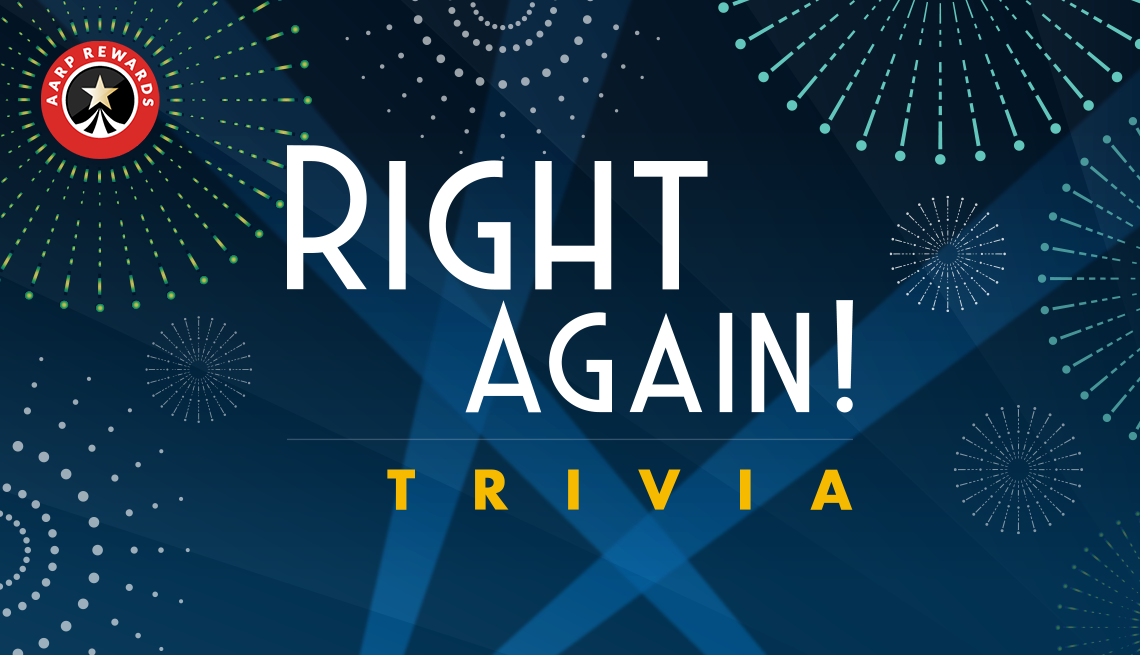Here’s what happens in your brain when you’re trying to make or break a habit
Did you set a New Year’s resolution to kick a bad habit, only to find yourself falling back into old patterns? You’re not alone. In fact, research suggests up to 40% of our daily actions are habits – automatic routines we do without thinking. But how do these habits form, and why are they so difficult to break?
Habits can be likened to riverbeds. A well-established river has a deep bed and water is likely to consistently flow in that direction. A new river has a shallow bed, so the flow of water is not well defined – it can vary course and be less predictable.
Just like water down a riverbed, habits help our behavior “flow” down a predictable route. But what we are really talking about here is learning and unlearning.
What happens in the brain when we form a habit?
During the early stages of habit formation, the decision parts of your brain (pre-frontal cortices) are activated, and the action is very deliberate (instead of hitting snooze you make the choice to get out of bed). When a new routine is initiated, brain circuits – also called neural networks – are activated.
The more often you repeat the new action, the stronger and more efficient these neural networks become. This reorganizing and strengthening of connections between neurons is called neuroplasticity, and in the case of building habits – long-term potentiation. Each time you perform the new action while trying to form a habit, you need smaller cues or triggers to activate the same network of brain cells.
Habits strengthen over time as we form associations and earn rewards – for example, not hitting snooze makes getting to work on time easier, so you feel the benefits of your new habit.
Later, as habits strengthen, the decision parts of the brain no longer need to kick in to initiate the action. The habit is now activated in memory and considered automatic: the neural circuits can perform the habit without conscious thought. In other words, you don’t need to choose to perform the action any more.
To form a habit:
start small: begin with a simple and achievable habit that you can easily integrate into your daily routine
be consistent: repeat the habit consistently until it becomes automatic
reward yourself along the way to stay motivated.












































































